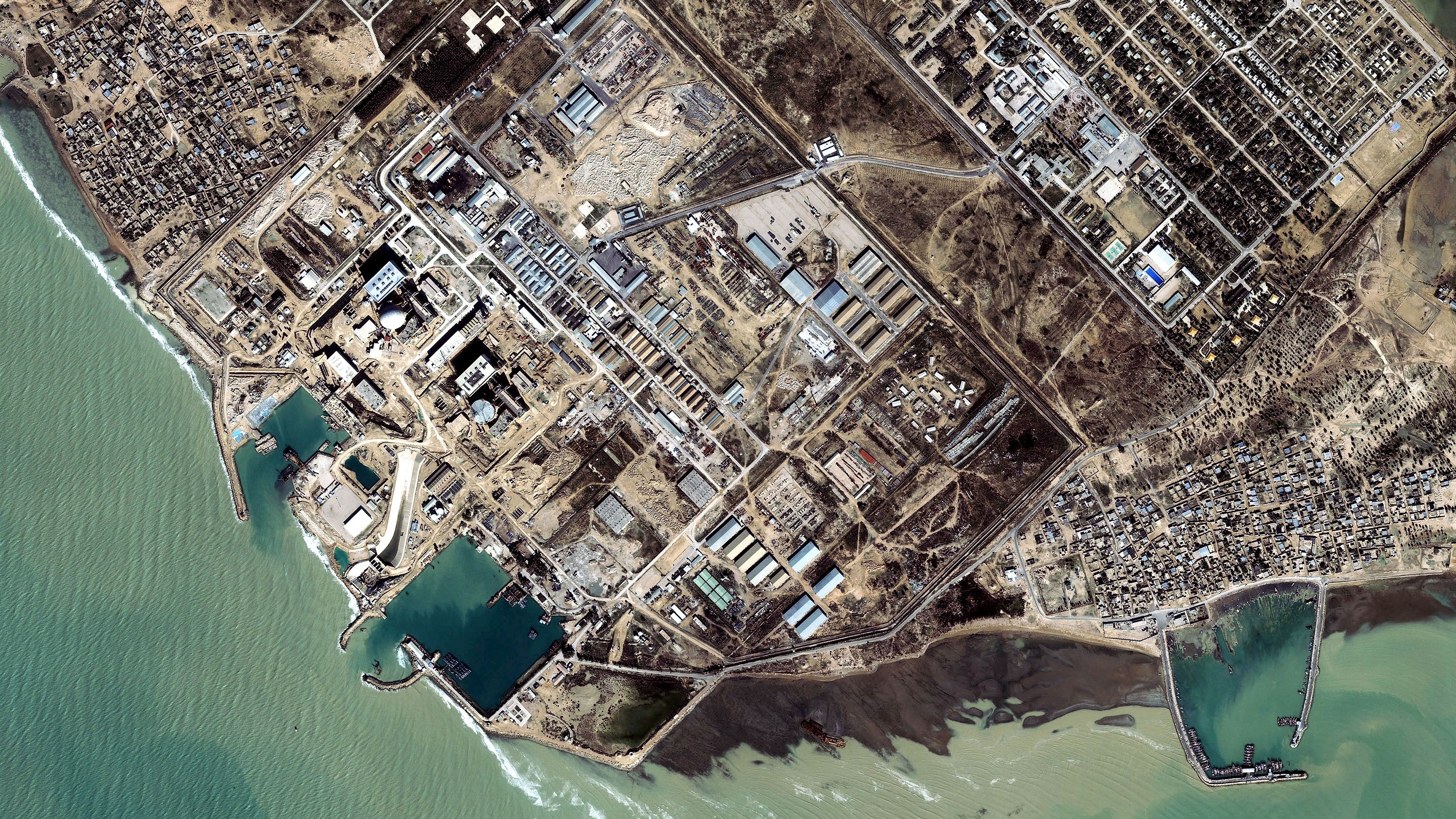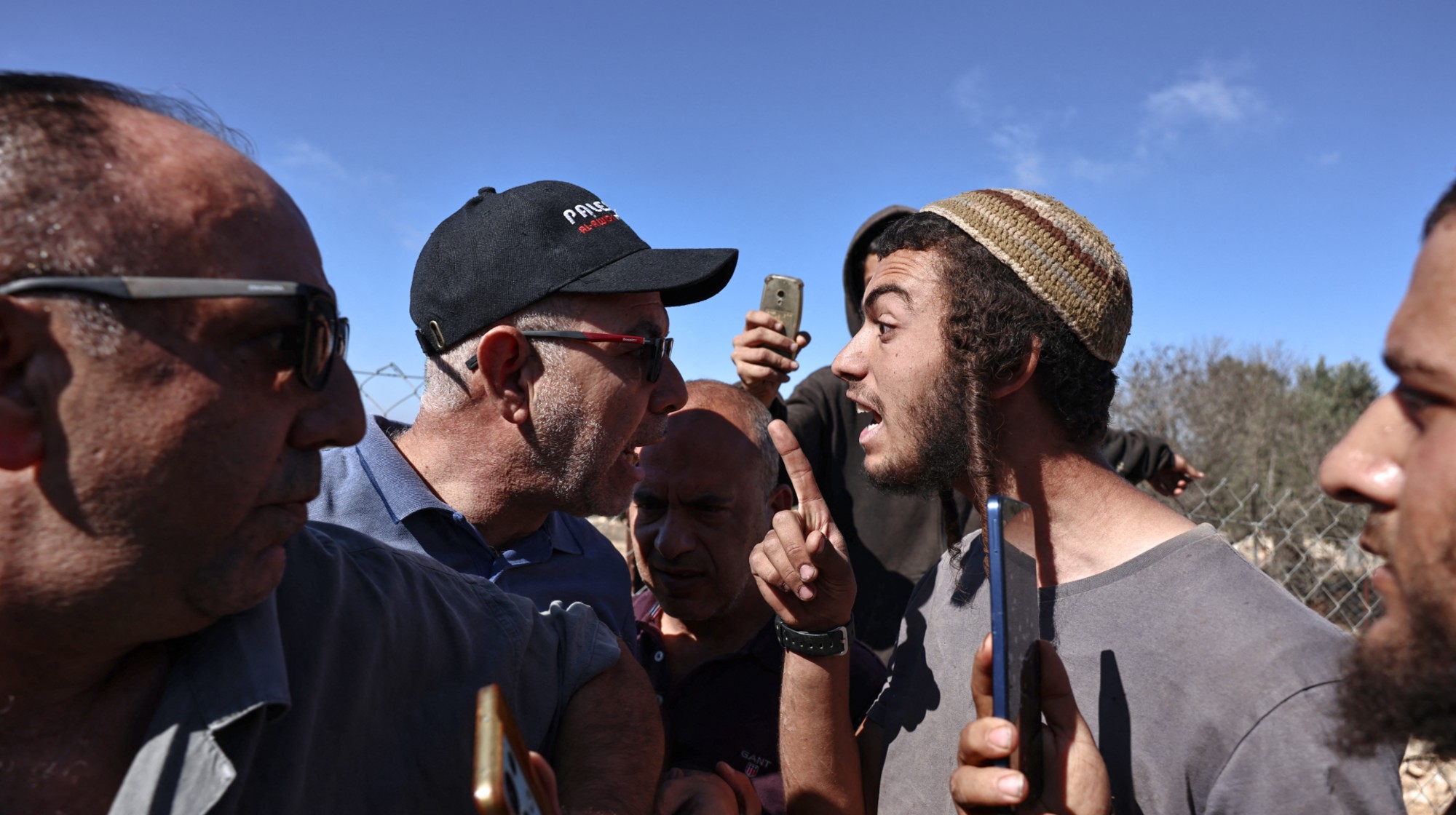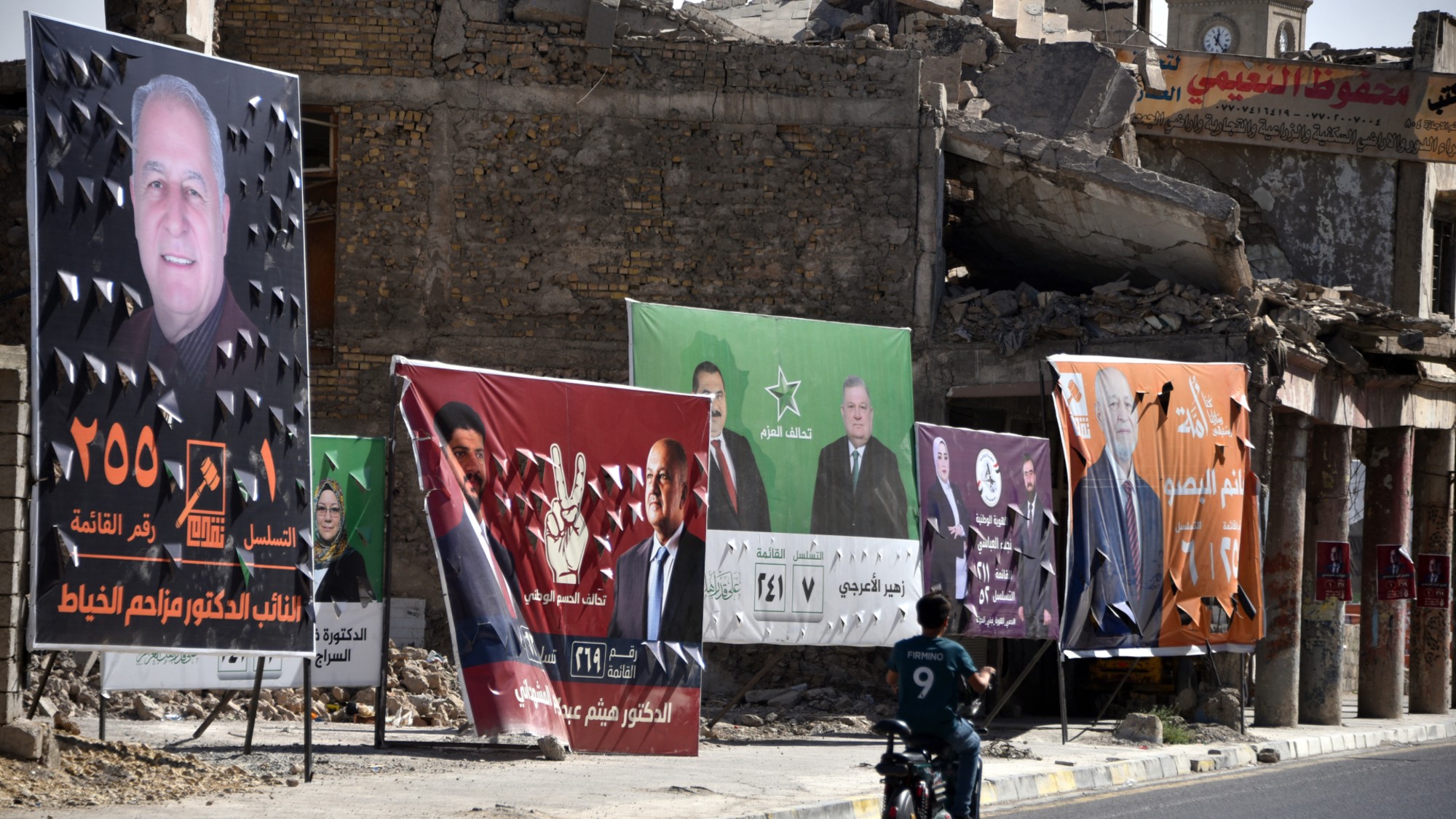Who is behind the mysterious explosions at Iran’s nuclear facilities?
Head of Israeli spy agency claims country behind attacks on Iran

The head of the Israeli spy agency has apparently confirmed Israeli involvement in an attack on Iran’s main uranium enrichment plant last Thursday.
Yossi Cohen, director of Mossad, is accused of leaking details of the Israeli move to sabotage Iran’s nuclear weapons programme.
Avigdor Lieberman, the former defence minister, did not mention Cohen by name but told Army Radio: “The country’s entire security echelon knows who it is.”
The Week
Escape your echo chamber. Get the facts behind the news, plus analysis from multiple perspectives.

Sign up for The Week's Free Newsletters
From our morning news briefing to a weekly Good News Newsletter, get the best of The Week delivered directly to your inbox.
From our morning news briefing to a weekly Good News Newsletter, get the best of The Week delivered directly to your inbox.
“I expect the prime minister to shut [the leaker’s] mouth, especially since he has started his Likud primary campaign,” Lieberman said, apparently referring to talk of Cohen as a possible successor to Israeli Prime Minister Benjamin Netanyahu, The Times of Israel reports.
The explosion at the Natanz nuclear plant on 2 July destroyed a building housing Iran’s new-generation centrifuge programme, says The Times of London.
It is just one of six “curious incidents” in Iran in less than two weeks, says Sky News. Here is a timeline of the mysterious events.
26 June
A free daily email with the biggest news stories of the day – and the best features from TheWeek.com
An explosion is reported near a weapons depot linked to the regime’s nuclear testing programme, as The Telegraph reported at the time.
The Defence Ministry said the explosion in Parchin, about 20 miles southeast of Tehran, was down to a “gas storage facility” leak. But open-source satellite images showed a burnt patch of land that “was not located within the military base, as Iran had claimed, but next to it, at a missile production facility in Khojir”, according to Sky News.
The Khojir complex is understood to contain a research, development and manufacturing facility that was visited by nuclear inspectors in 2015 after renovations there prompted international suspicion of nuclear activity.
At almost the same time as the Parchin explosion, a major power outage was reported 600 miles south, in the city of Shiraz. The city is home to a major air base and the Iranian military’s 55th Airborne Brigade, says military specialist site Global Security.
30 June
An explosion at a medical clinic in central Tehran kills 19 people. Iranian officials again blamed a gas leak.
2 July
The Natanz nuclear facility explosion occurs, at around 2am. The authorities confirmed later in the day that there had been an incident, but did not say who or what was responsible.
However, a Middle Eastern intelligence official told The New York Times that the blast was caused by an explosive device planted inside the facility.
The unnamed source reportedly claimed that the explosion “destroyed much of the above-ground parts of the facility where new centrifuges - delicate devices that spin at supersonic speeds - are balanced before they are put into operation”.
Centrifuges are a key element of the process, used to enrich uranium by purifying its radioactive component.
Iran’s Atomic Energy Organisation now says the damage caused could set back the country’s programme to develop a new generation of centrifuges by months.
3 July
The following day, a large fire hits Shiraz, the city hit by the power outage on 26 June.
4 July
Another fire is reported, a power station in Ahvaz, in southern Iran.
A power station transformer was knocked out, with firefighters telling local television that a generator had exploded.
What is behind the incidents?
Reporting on the Parchin incident, Kuwait’s al Jarida newspaper quoted a “senior security source” who claimed that the 26 June explosion was the result of an attack by an Israeli F-35 stealth fighter jet.
Meanwhile, the NYT reports that the Natanz nuclear facility damaged days later is adjacent to an underground fuel production facilities where, in 2010, the US and Israel conducted “the most sophisticated cyberattack in modern history”.
“The early evidence strongly suggested on Thursday the damage was in fact sabotage”, according to the newspaper. And even before Cohen’s apparent leak, cryptic statements from the Israeli Foreign Minister did nothing to quell suspicion.
Asked about the Natanz blast, Gabi Ashkenazi said: “We have a long-term policy... not to allow Iran to have nuclear abilities.
“This regime with those abilities is an existential threat to Israel... we take actions that are better left unsaid.”
Netanyahu was equally opaque, telling reporters that “clearly we can’t get into that”.
What happens next?
Iran has not formally blamed Israel for the recent incidents, despite Cohen’s claims. But Civil Defence Chief Gholamreza Jalali told state TV that “if it is proven that our country has been targeted by a cyberattack, we will respond”.
Various unnamed Iranian officials have been quoted by news agencies saying that they believed the Natanz fire was the result of a cyberattack, reports the BBC.
An Israeli TV report on Friday night said that the country was bracing for possible Iranian retaliation, says the Times of Israel.
On Sunday, a spokesperson for Iran’s Atomic Energy Organisation said that the authorities were not making official statements about what caused the Natanz fire “because of security reasons”.
“The incident could slow down the development and production of advanced centrifuges in the medium term... Iran will replace the damaged building with a bigger one that has more advanced equipment,” the spokesperson added.
-
 How Bulgaria’s government fell amid mass protests
How Bulgaria’s government fell amid mass protestsThe Explainer The country’s prime minister resigned as part of the fallout
-
 Femicide: Italy’s newest crime
Femicide: Italy’s newest crimeThe Explainer Landmark law to criminalise murder of a woman as an ‘act of hatred’ or ‘subjugation’ but critics say Italy is still deeply patriarchal
-
 Brazil’s Bolsonaro behind bars after appeals run out
Brazil’s Bolsonaro behind bars after appeals run outSpeed Read He will serve 27 years in prison
-
 Americans traveling abroad face renewed criticism in the Trump era
Americans traveling abroad face renewed criticism in the Trump eraThe Explainer Some of Trump’s behavior has Americans being questioned
-
 Israel jolted by ‘shocking’ settler violence
Israel jolted by ‘shocking’ settler violenceIN THE SPOTLIGHT A wave of brazen attacks on Palestinian communities in the West Bank has prompted a rare public outcry from Israeli officials
-
 Why these Iraqi elections are so important
Why these Iraqi elections are so importantThe Explainer The US and Israel are increasingly pressuring Baghdad to tackle Iran-backed militants, while weakened Iran sees Iraq as a vital remaining ally
-
 Israel arrests ex-IDF legal chief over abuse video leak
Israel arrests ex-IDF legal chief over abuse video leakSpeed Read Maj. Gen. Yifat Tomer-Yerushalmi had resigned from her post last week
-
 Nigeria confused by Trump invasion threat
Nigeria confused by Trump invasion threatSpeed Read Trump has claimed the country is persecuting Christians


